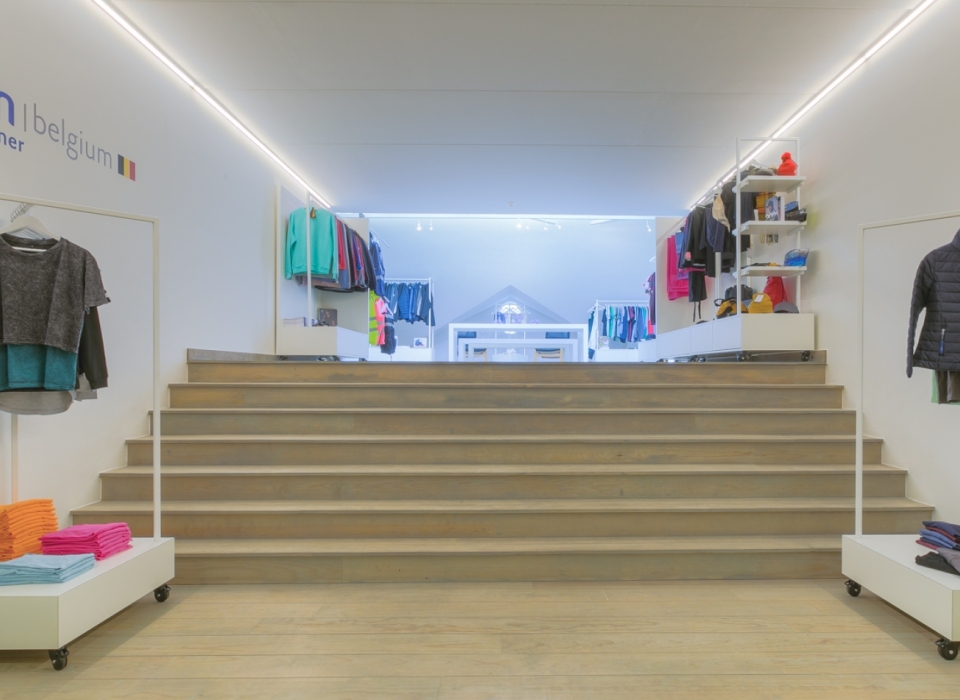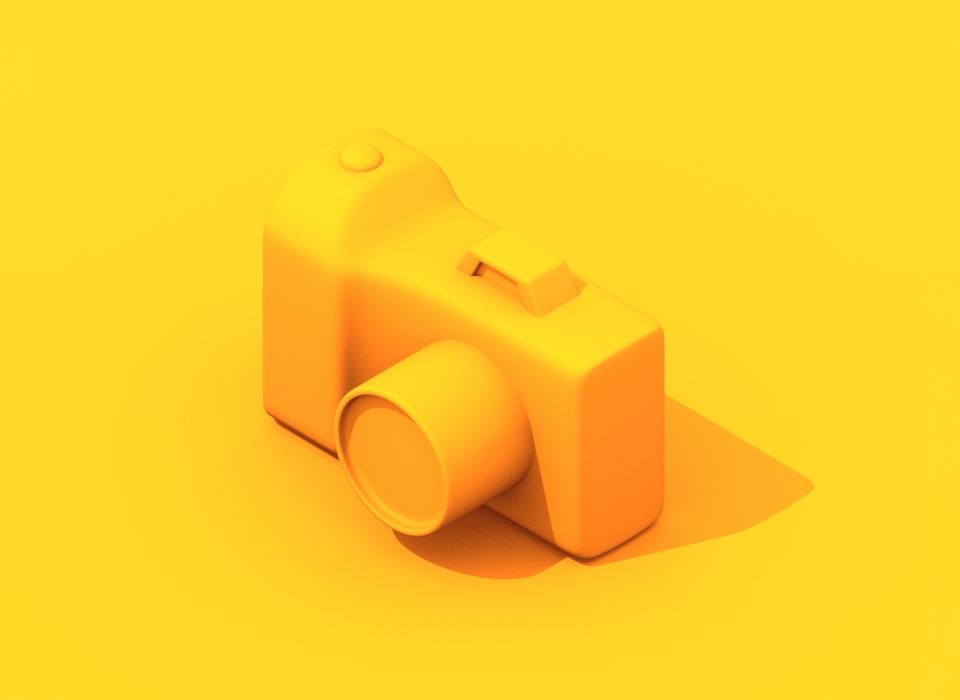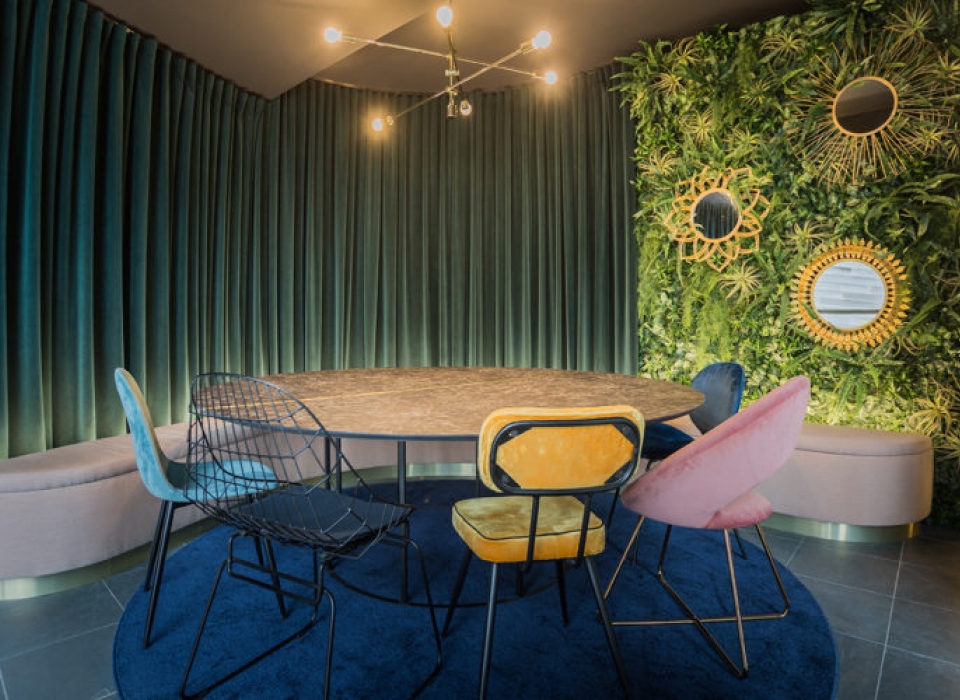

Kluisbergen at the sea
A summer of freedom beckons. It doesn't matter whether you’re going on holiday nearby, sitting at a festival, or just having a staycation – we’re pleased to give you something else to reflect on. Take pop-up shops, for instance. We have certainly developed a taste for temporary retail venues!
What you should know about pop-up shops
Whether they are a discrete extra display window or a trendy gazebo where everyone wants to be, from now on pop-up shops are going to be part of every company's sales arsenal. Pop-up shops work well for trendy gadgets and exclusive keepsakes, but they can also produce great results in a purely commercial market.
However, before you get ready to snip the ribbon of your pop-up shop, you will need to have a clear answer to a few questions: What do I want to do? Who do I want to reach? Where should I be? What is the best time? What resources do I want to use to achieve my goal?
What do I want to do?
Pop-up shops are shops, and aim to prompt people into purchasing something, either right away, in the case of ‘impulse purchases’, or later (much later) for purchases that you really want people to think about. The answer to the question ‘what kind of items’ will determine the appearance of your retail space. In the case of impulse purchases, it needs to be immediately clear what is for sale, e.g. vegan fruit-flavoured ice lollies (not ice cream) are sold here. This shop sells socks in all sizes with designs that allude to famous paintings (not imitations). The success of a pop-up shop is largely determined by how easy it is for a random passer-by to understand the message.
However, the situation is different for more complex items. In this case, the pop-up shop must appeal to buyers in some way. This could be by stimulating their curiosity or allowing them to daydream a little. The pop-up shop is a platform for giving visitors an experience that makes them want more. It can be an immediate experience, for instance, sitting in a designer armchair, being completely absorbed by an 85-inch full-HD screen or taking a test ride on a high-tech e-bike, or it can be indirect. The most important thing is that it triggers the imagination of potential purchasers: “What would it be like if…?” The pop-up shop should be designed to encourage visitors to daydream by removing them from the here and now.
Where should I be?
A pop-up shop reduces the physical distance between a permanent retail space and a potential purchaser by meeting him or her part of the way. Not to their home, but rather to a place where there is a high chance that the target audience is in the mood to buy. If you’re in a good location by the coast, vegan fruit-flavoured lollies will fly off the shelves, whereas it’s best to be next to a busy museum if you’re selling art printed socks.
Although an interiors and exhibition stand contractor from Kluisbergen may be seduced into opening a pop-up shop on the busy Belgian coast during the holiday months, the chances of him actually finding customers at ‘Kluisbergen on Sea’ who at that particular moment are thinking of trade shows or showroom sales are rather slim. So, it's not such a good idea…
When the entire field is divided into A, B, and C zones, the following question arises. In which street or neighbourhood will I find suitable premises? The lazy way to find suitable premises is through specialised estate agent platforms such as Urban Retail, Me Up or Pop This Place.
It's certainly easy, but you will be competing with large brands that are also looking for pop-up locations. If you take a walk on a Sunday through appealing streets or talk to people who work in the business support department of the local council, you will often get a list of interesting, keenly priced premises.
What is the best time?
The answer to this question is straightforward – basically, when the potential purchaser is more inclined to buy. That means that he or she a) is in the right mood to consider a purchase and b) has time to take your sales arguments on board. The entire tax-free industry is based on this principle: “Hurrah, we’re off on holiday (mood) and we've got another half hour to wait (time) before boarding!”
In a B2B context, it is often more difficult to find the point where those two conditions meet. Sometimes it’s an excellent choice to have a pop-up shop in an area where an international trade fair is being held – the right audience is there, there is at least a latent mood to buy, and even the busiest visitor to a trade fair can find a little time. Due to their extremely short lifespan – a maximum of 10 days – these kinds of pop-up shops are in a category of their own. Our project managers will be pleased to explain why.
The maximum term of a contract for a pop-up shop in Belgium is one year. In practice, you usually see contracts for 3 or 6 months, or until a ‘real tenant’ appears. You need to do everything in that short window of time – open up, do the ground work, reap the rewards, get your customers working for you as ambassadors – basically, every single minute counts when you have a pop-up shop. Should you stay open late? Do it! How about over the weekend? Definitely! Just in case you are still in any doubt – it is not a good idea to set up a pop-up shop in a hurry. You will need talented sales staff...and perhaps more than you think.
How will you finance this?
A pop-up shop is not the same as a market stall. In a market, you can rely on the general appeal of the market and customers’ habits – in a pop-up shop, you are all on your own. You have to get the name of your business out there, attract customers, follow up sales leads, replenish stock, keep the online dialogue going with (potential) customers and much more. It is absolutely essential to have good support with your communication if you are going to make a real splash with your pop-up.
You can also turn that ‘disadvantage’ to your advantage by only opening the pop-up shop by appointment. In this way you won't waste time during quiet moments, you will have full control over who visits you, you can prepare for each potential purchaser, and you can give your future customer the feeling that everything was organised for him or her. A VIP welcome at its best!
Before dropping anchor at the coast (remember the example of ‘Kluisbergen on Sea’), it is definitely a good idea to do a few sums, roughly divided into the following 3 sections: 25% for rent and running costs, 25% for presentation and furnishings, 25% for communication and 25% for staff costs. If you compare these with your anticipated income – 1,000 vegan lollies, 100 pairs of art print socks or 10 designer sofas per day – you will get an idea right away of what to expect from your pop-up shop.



